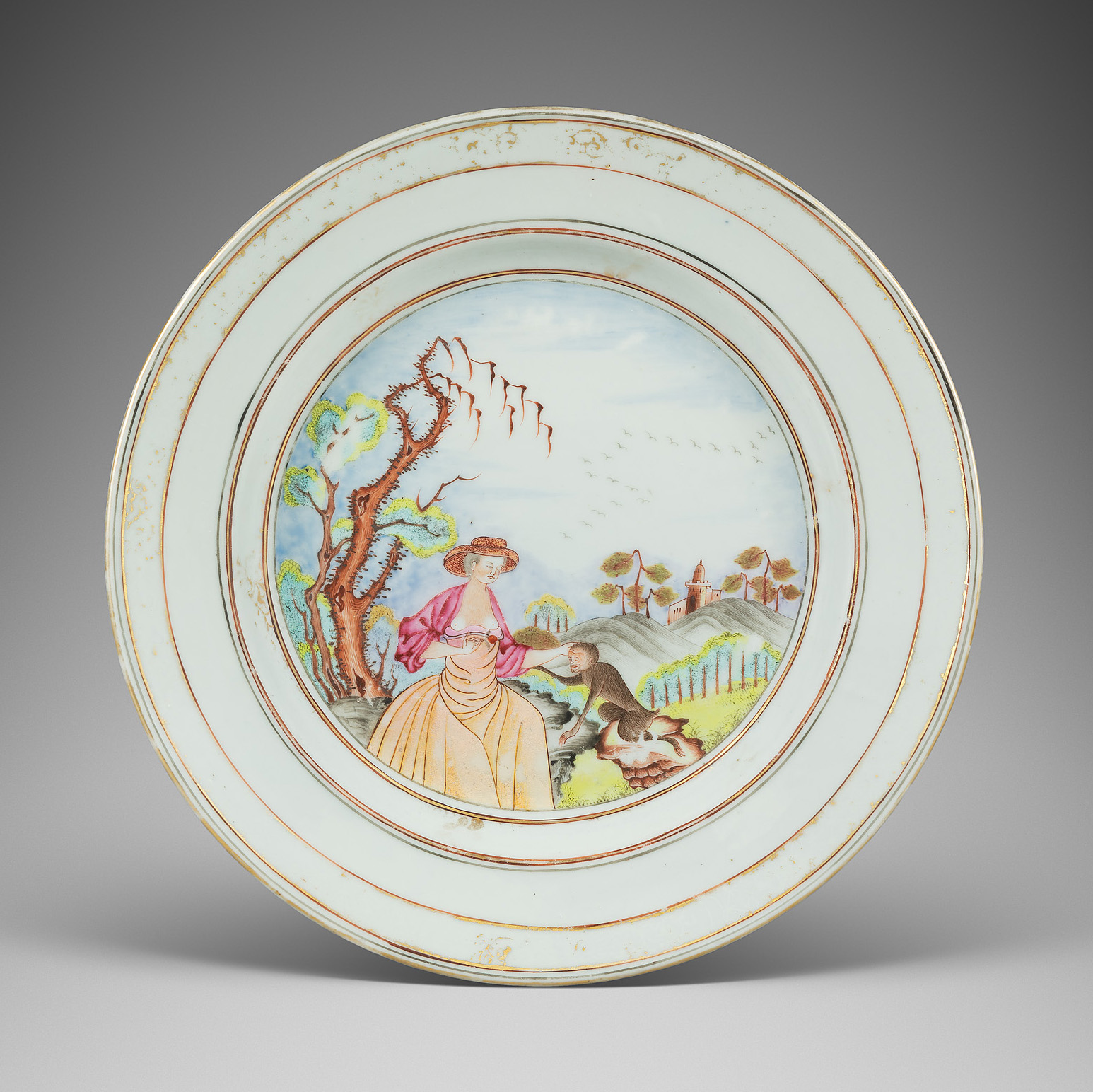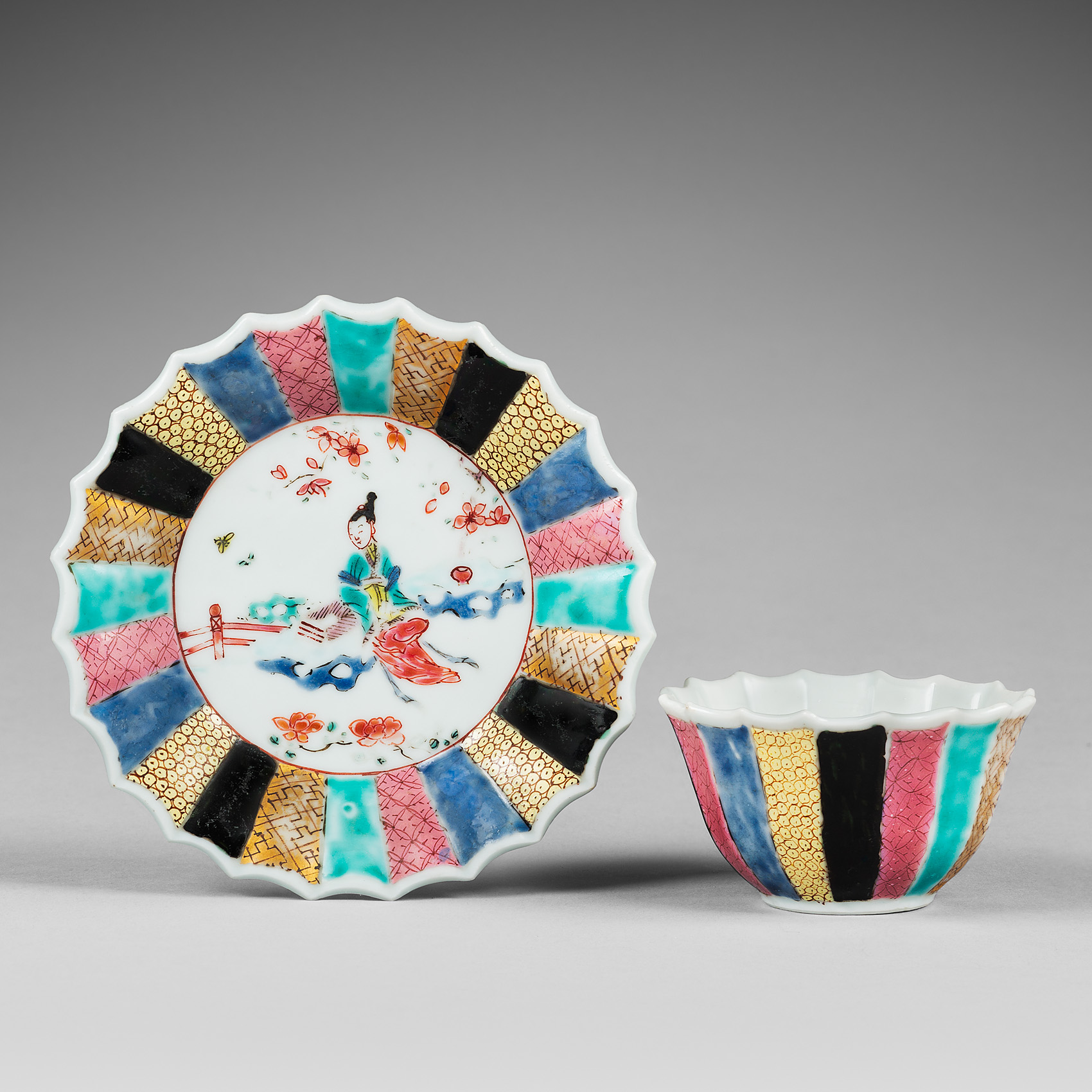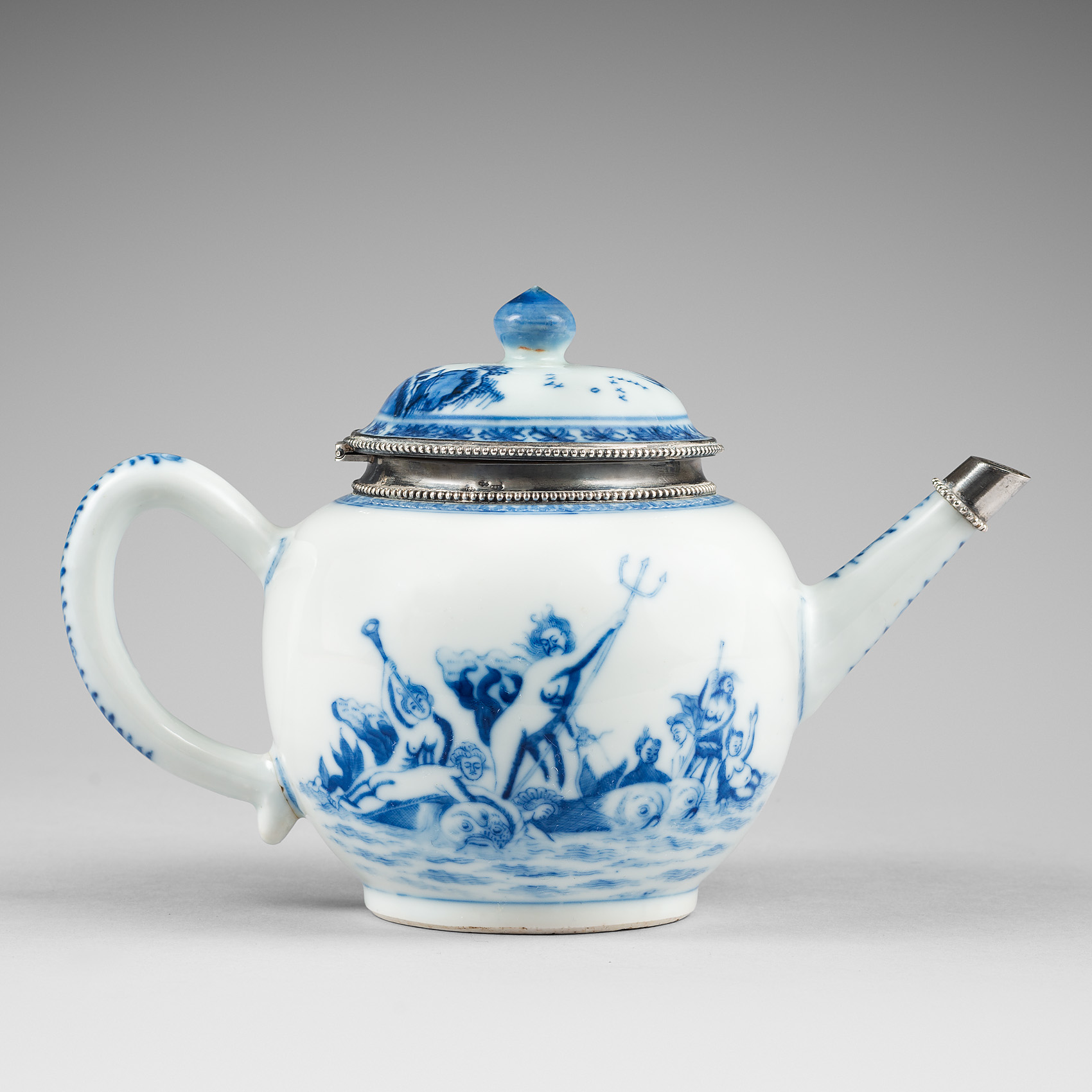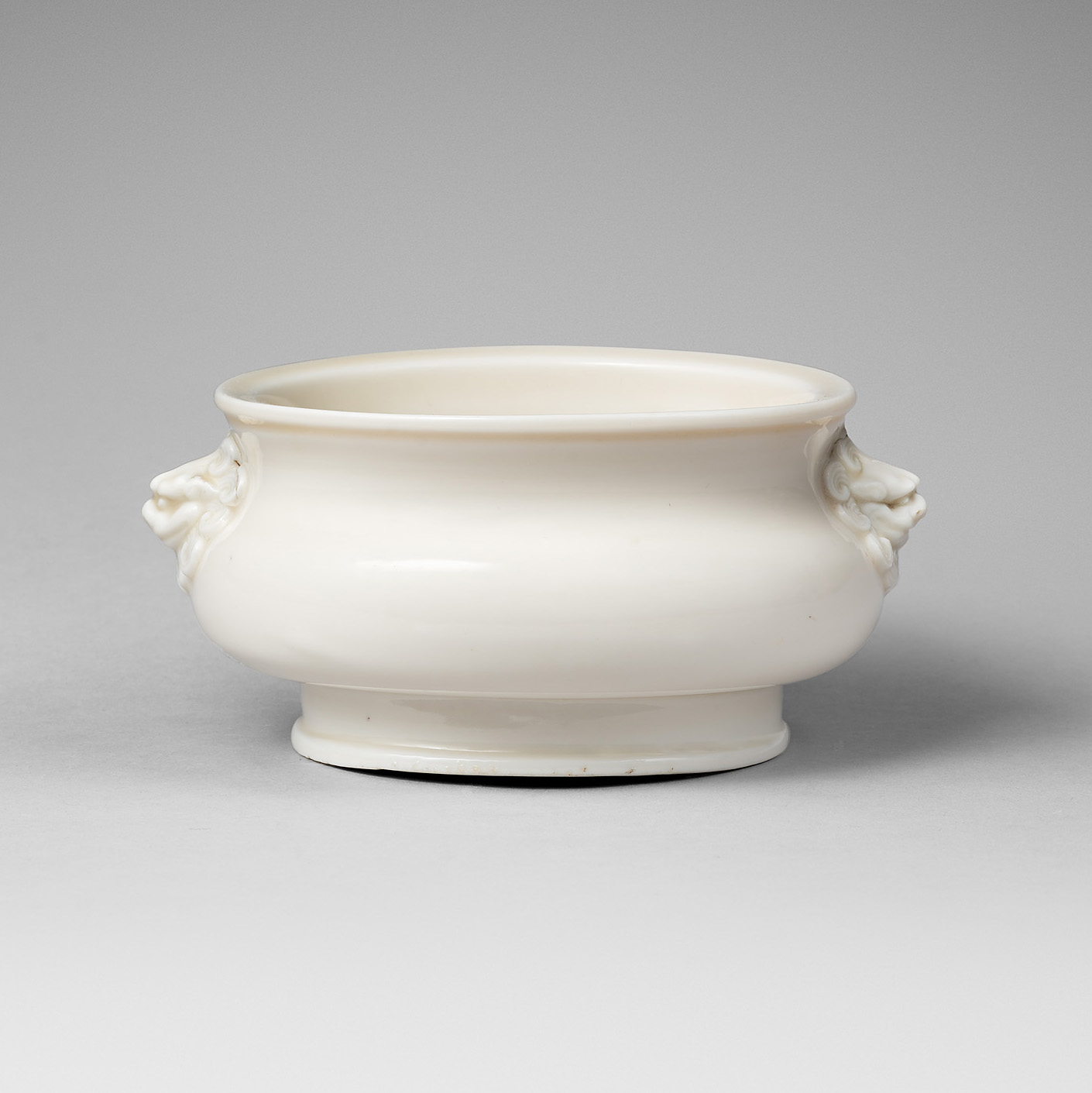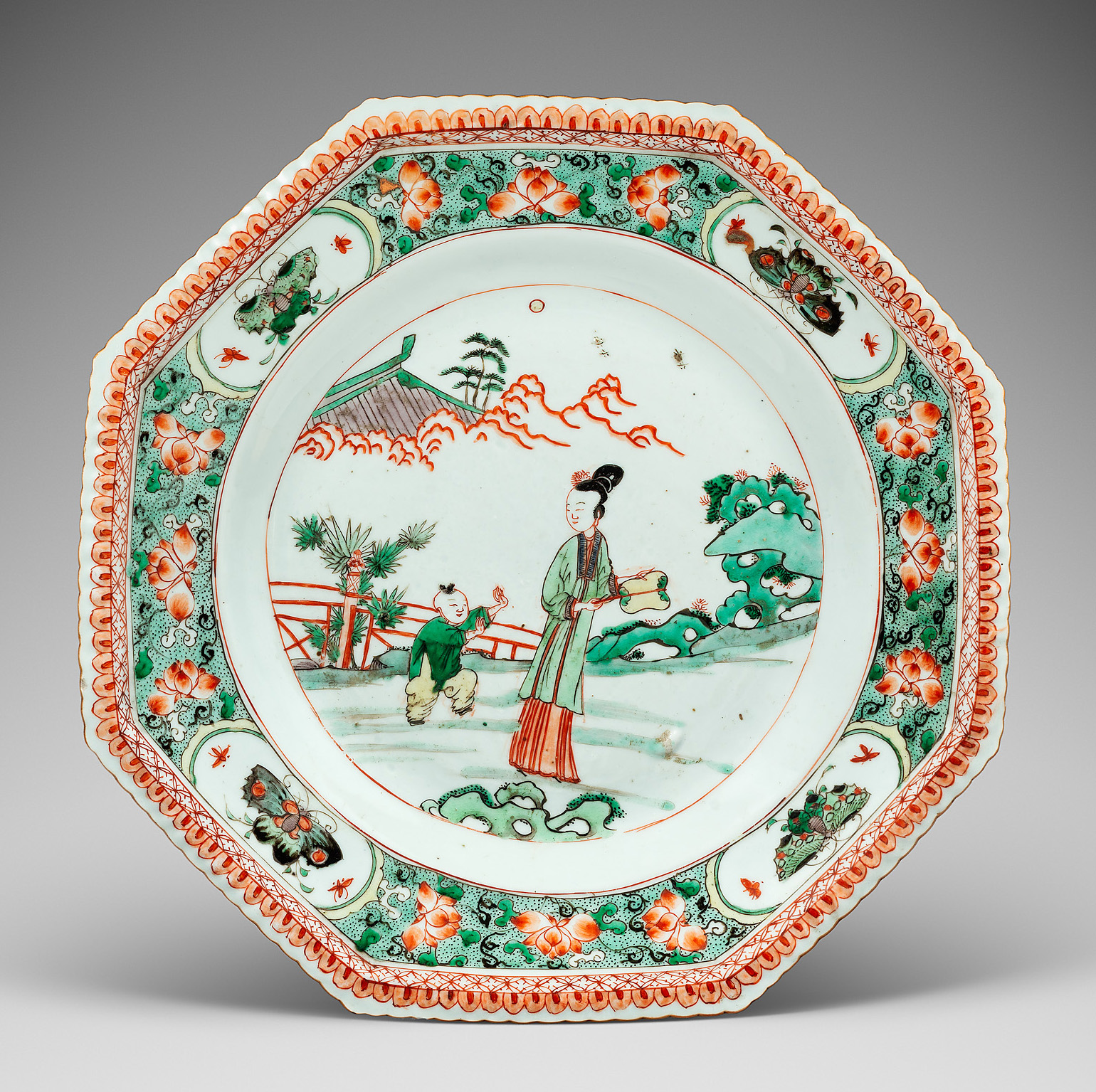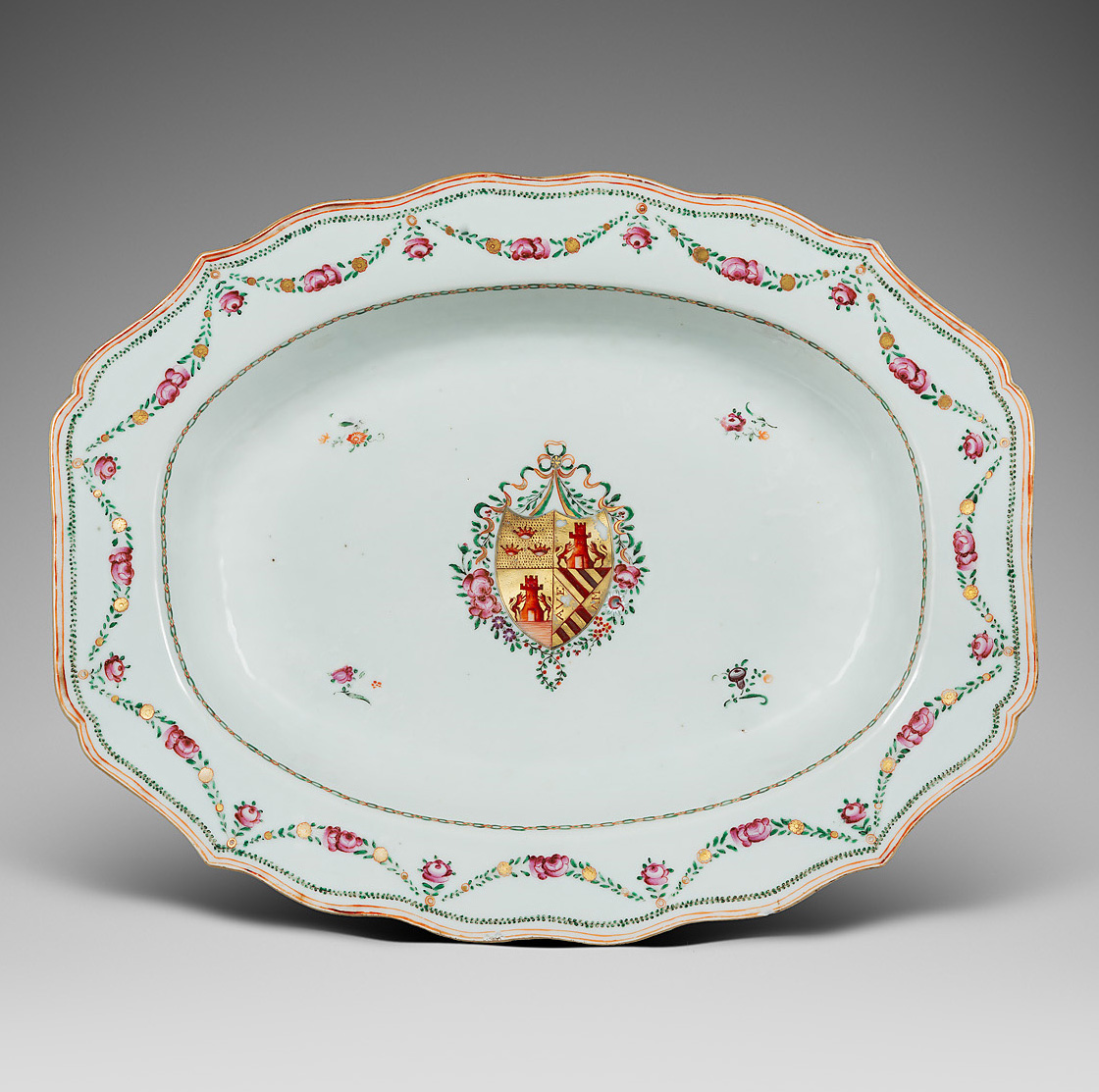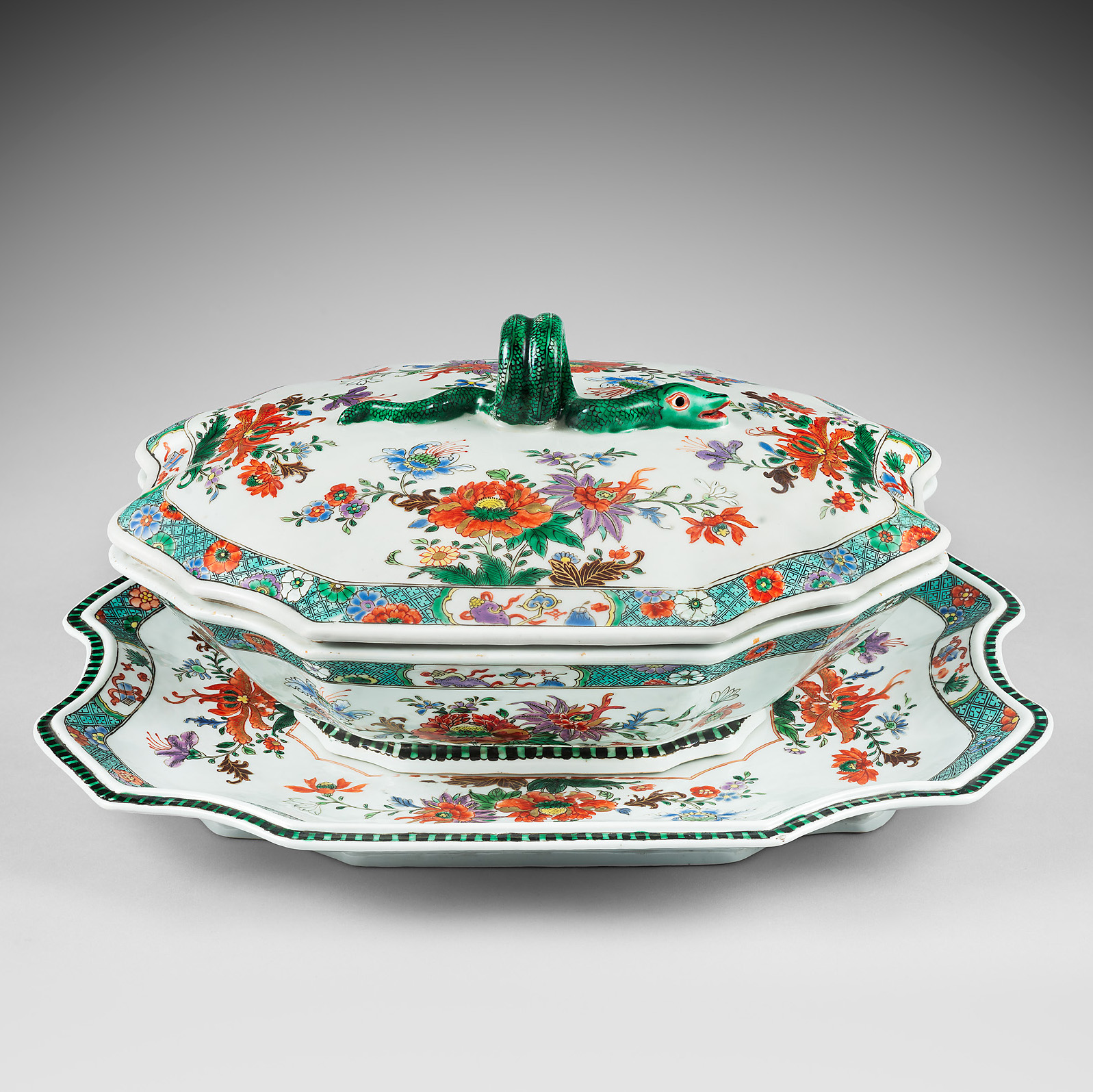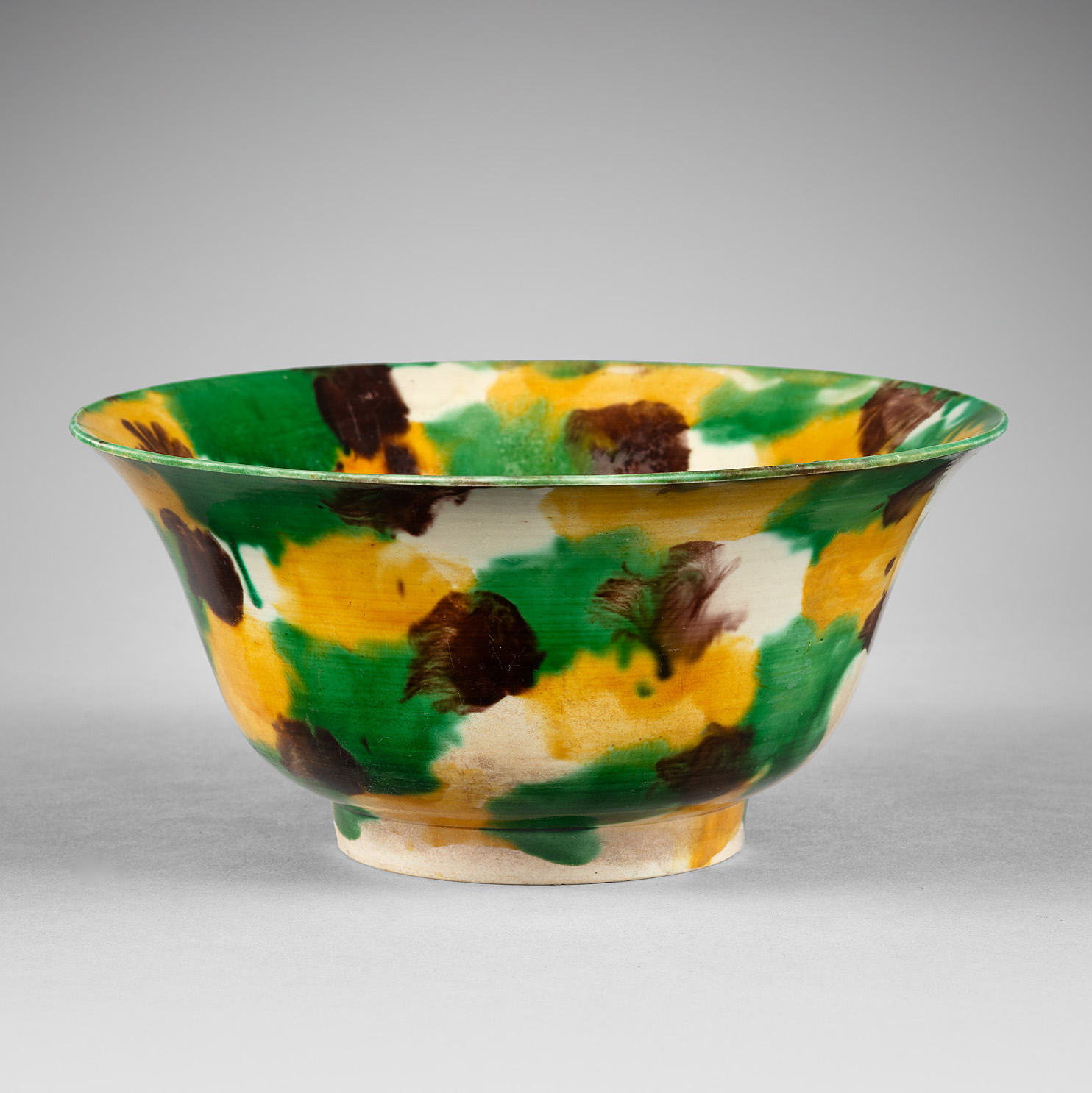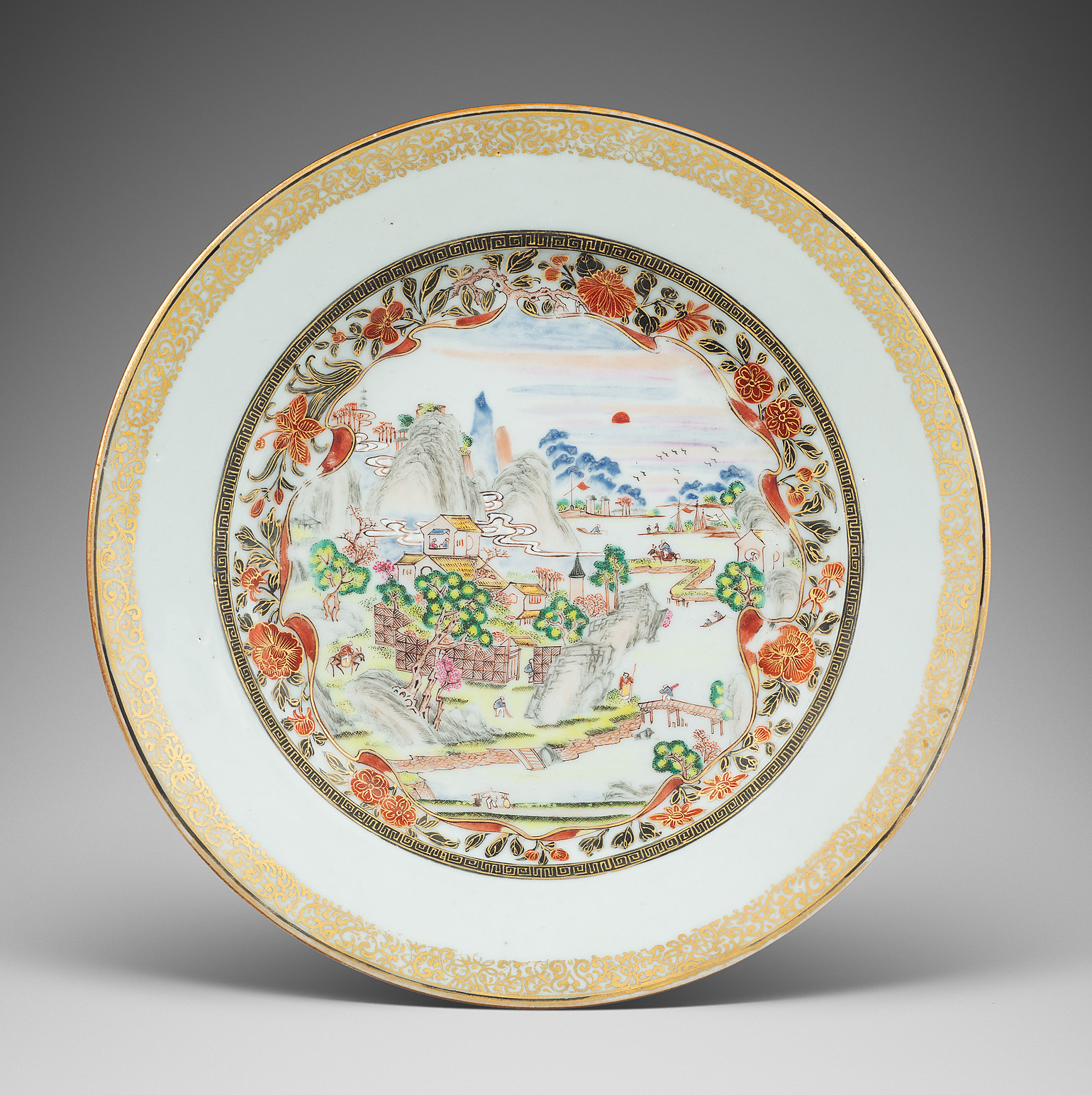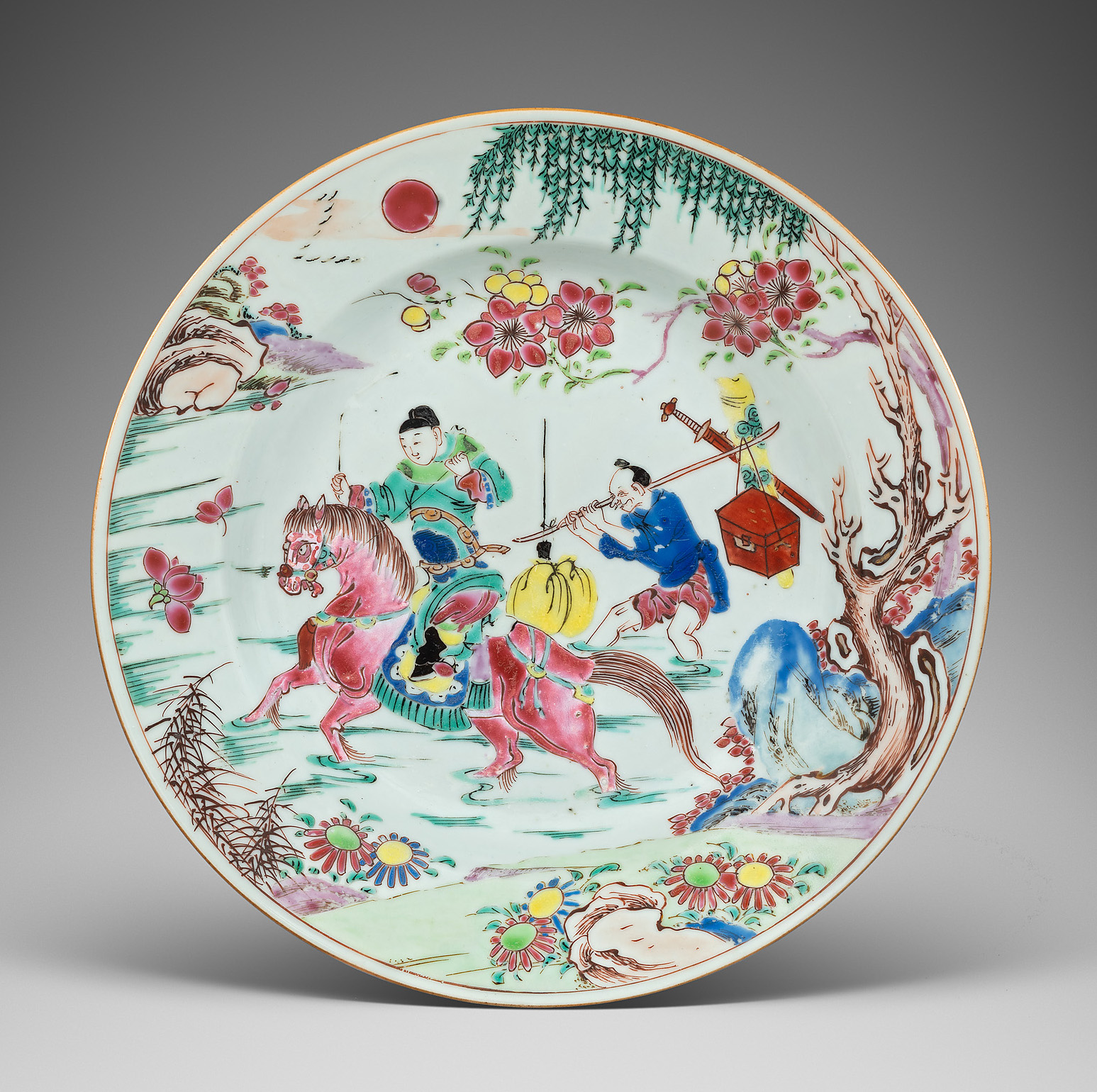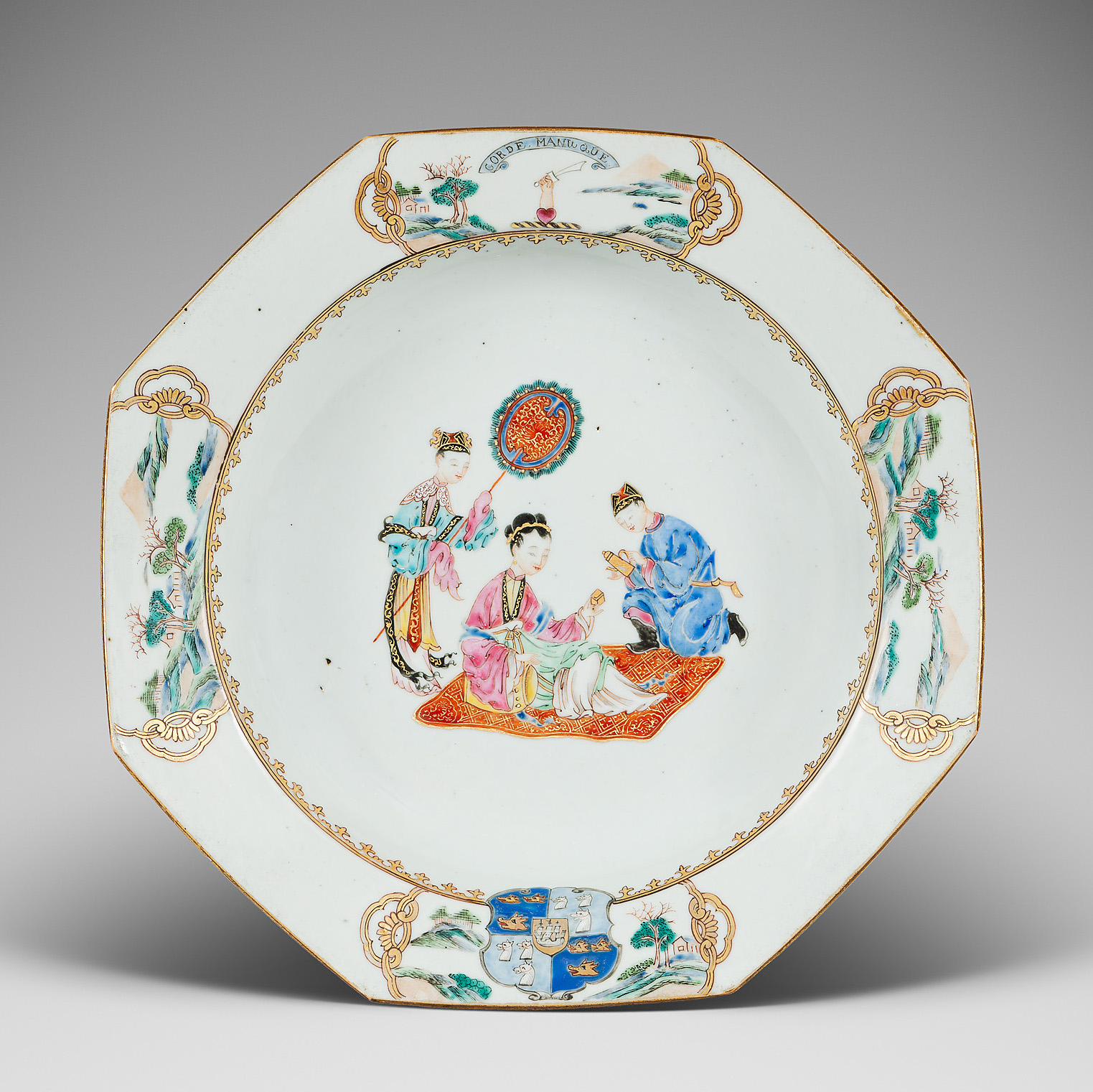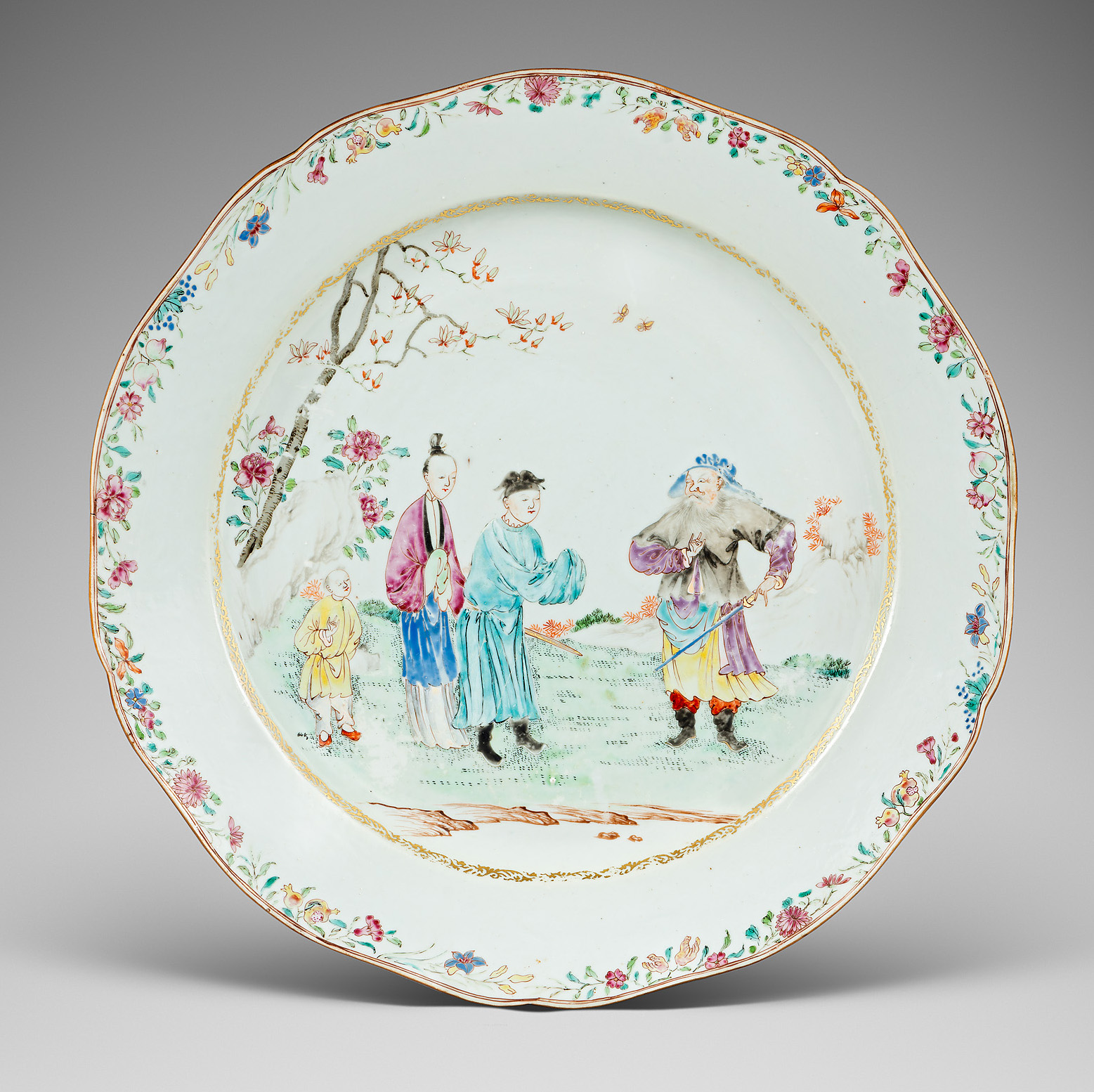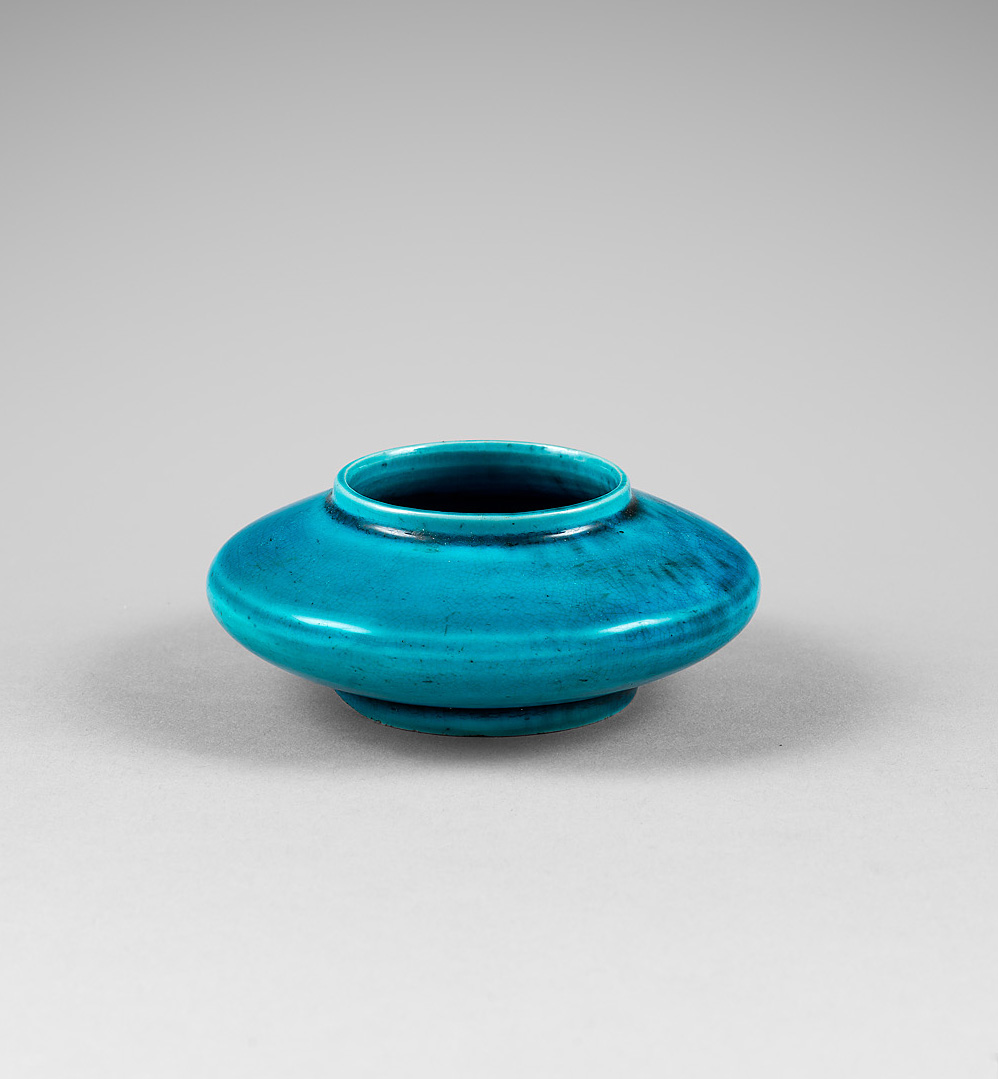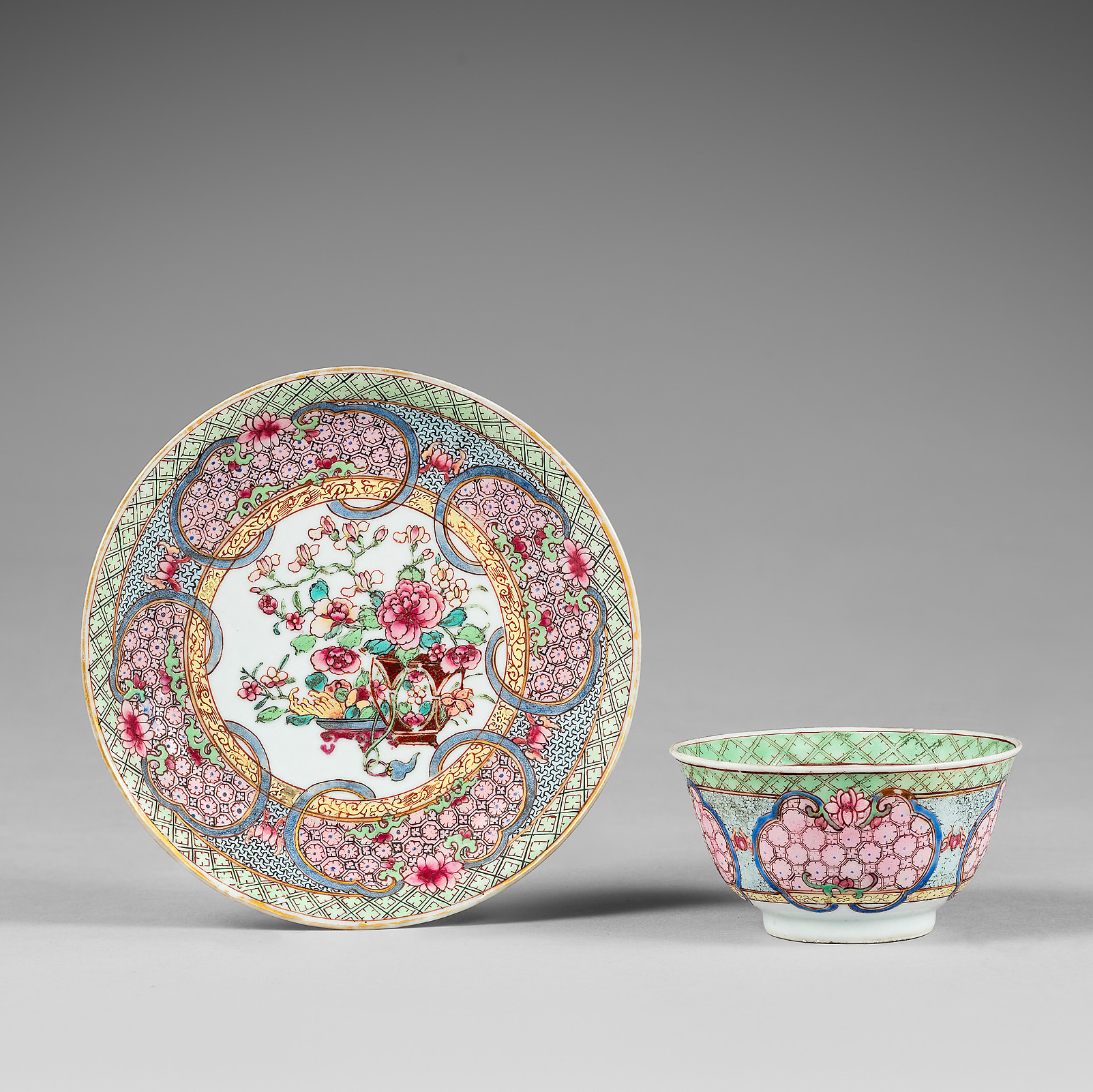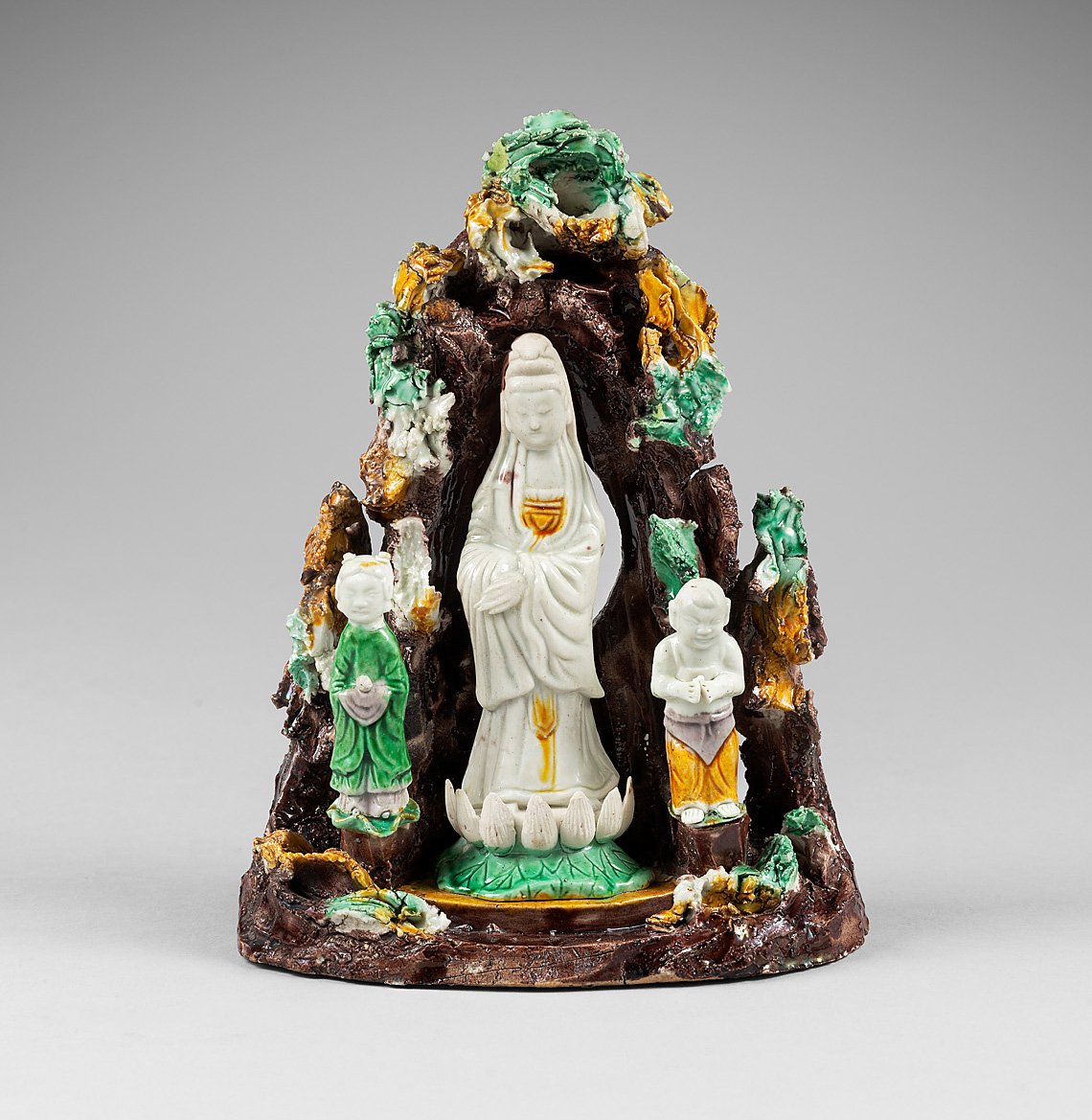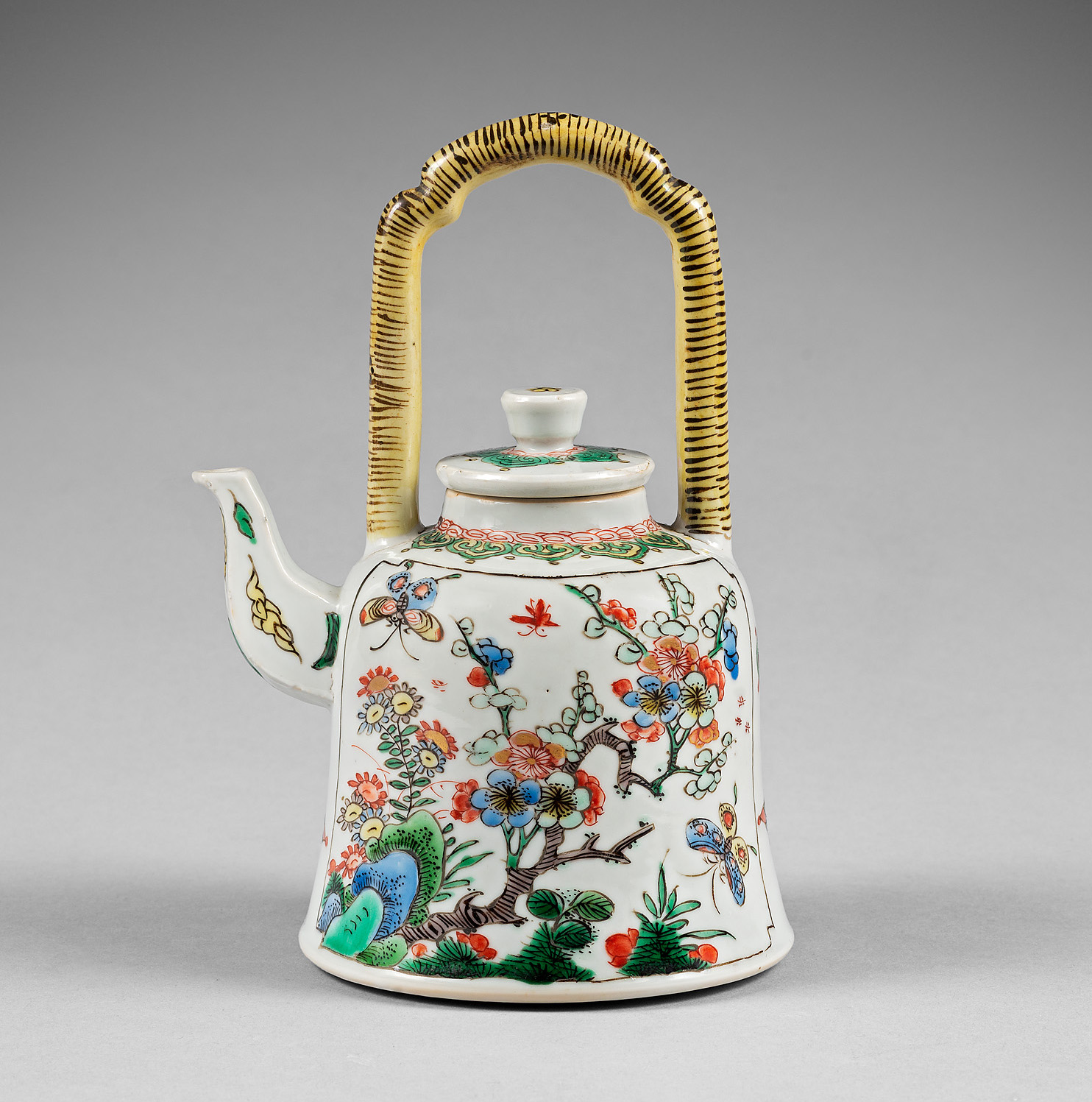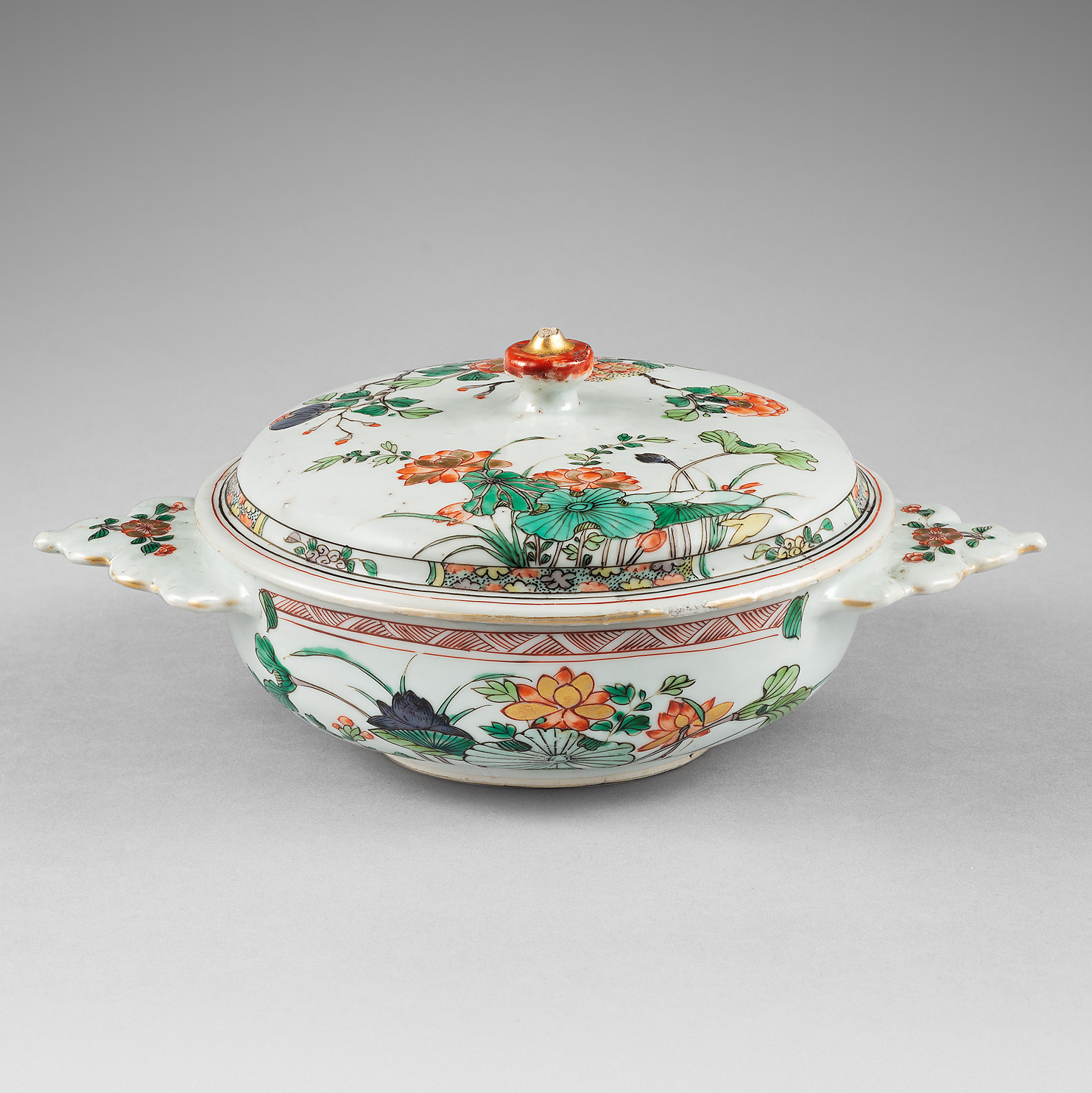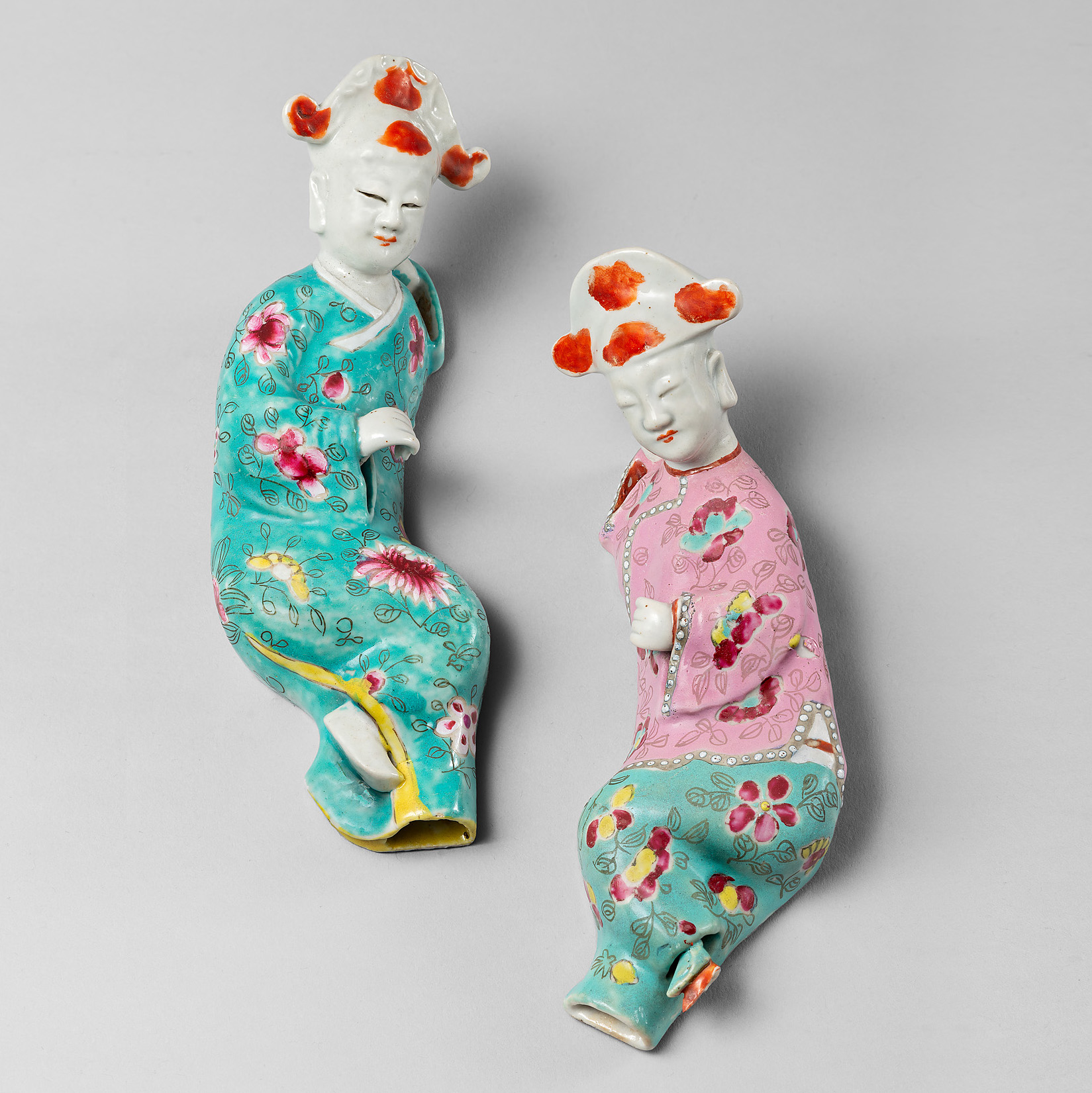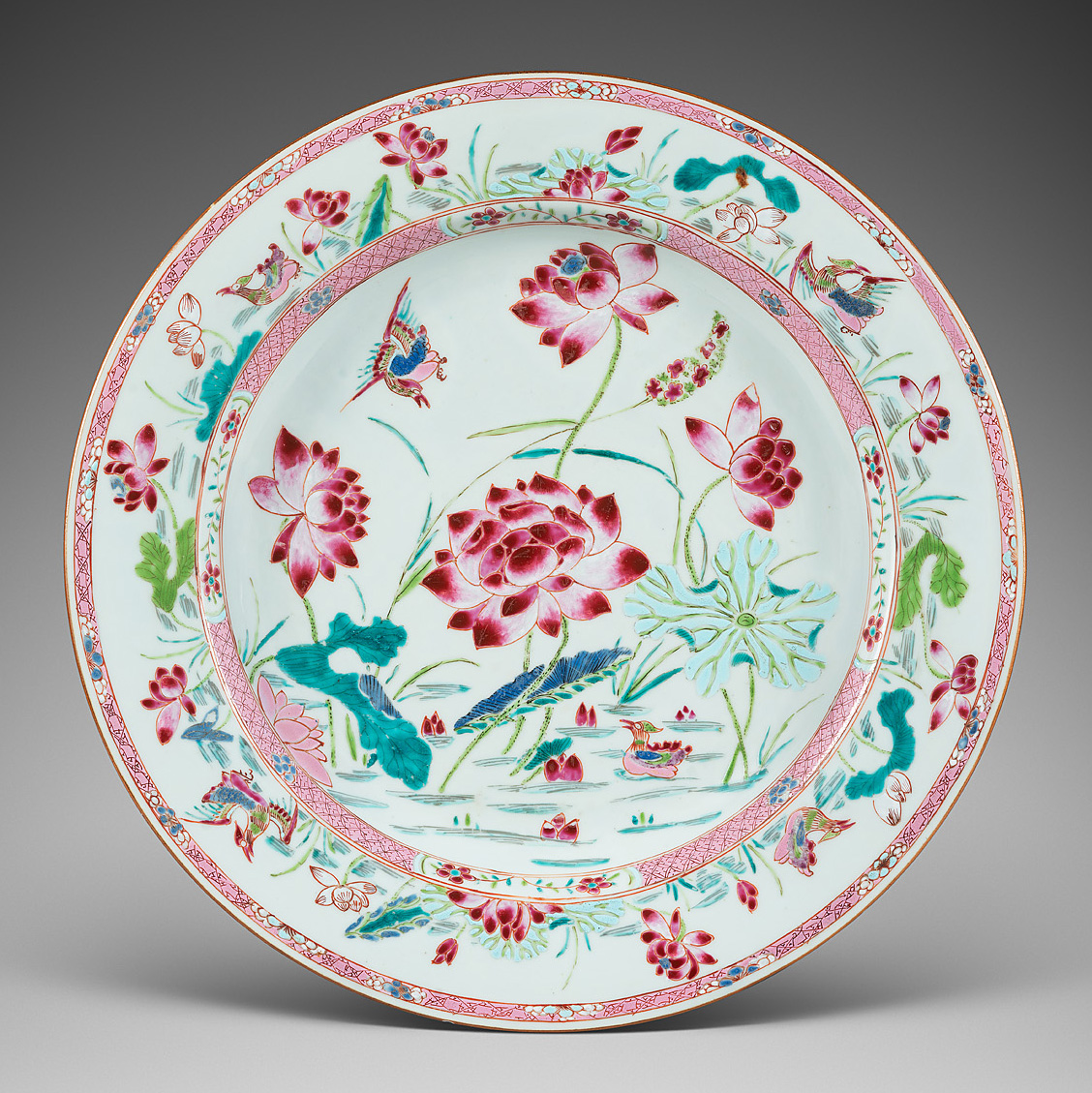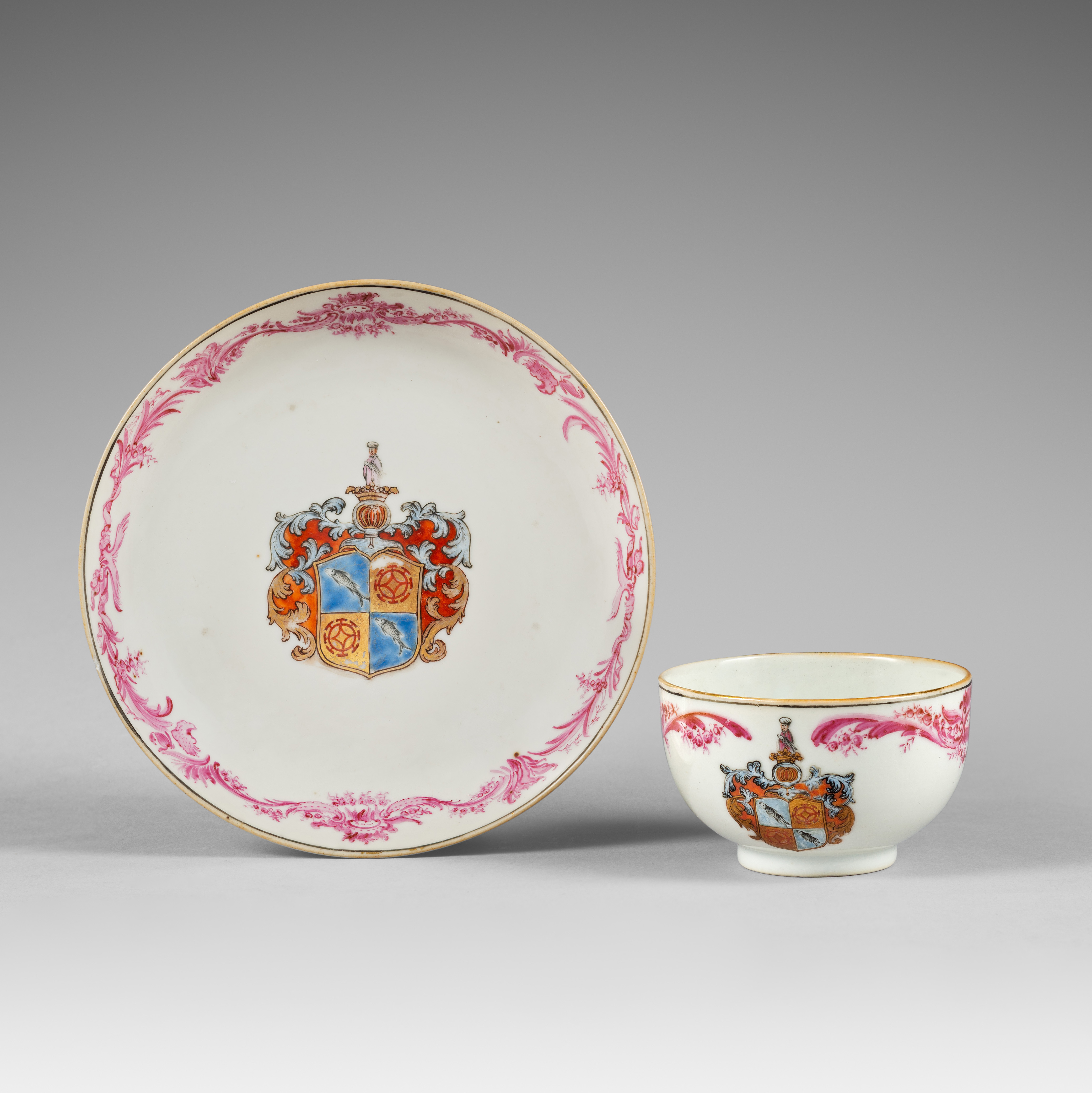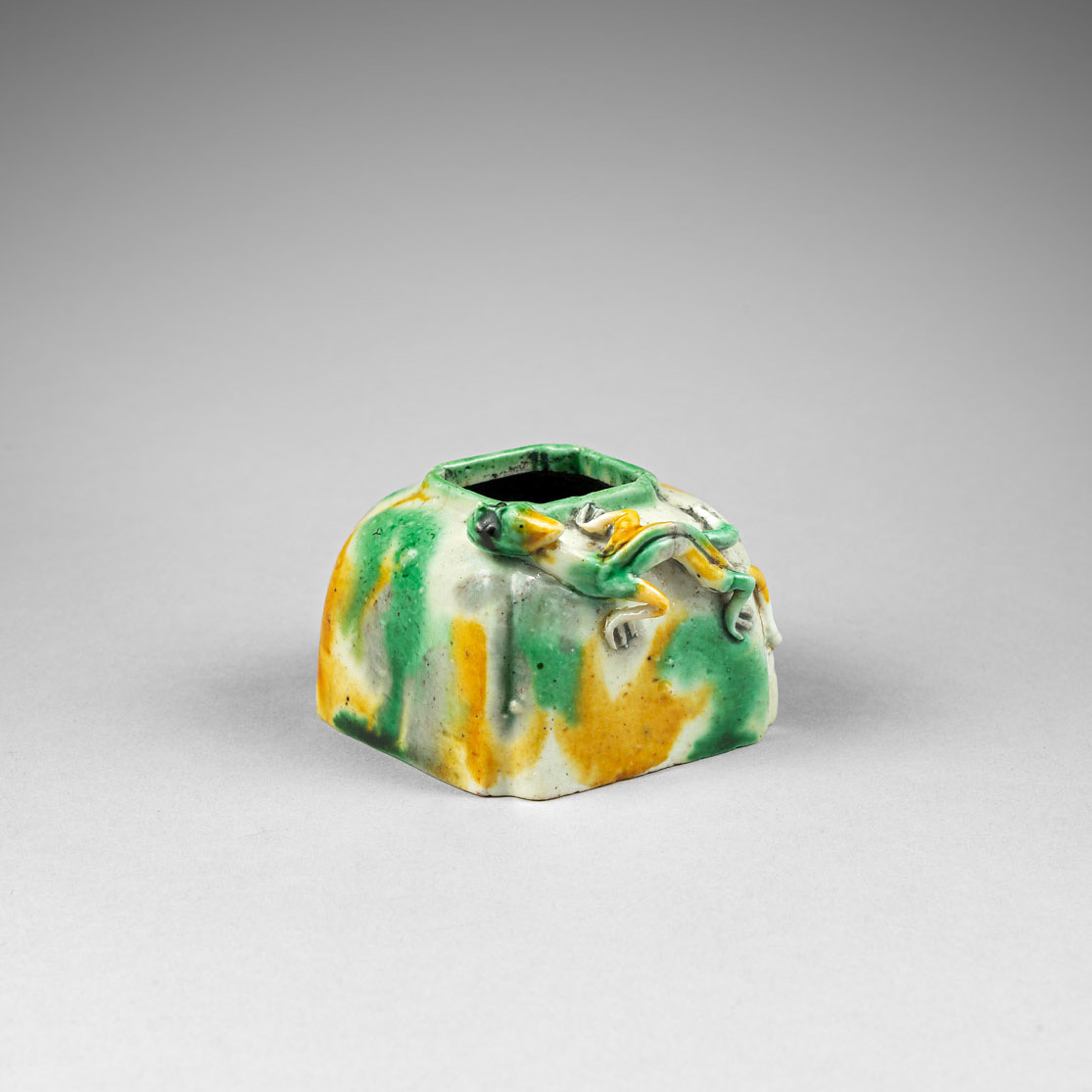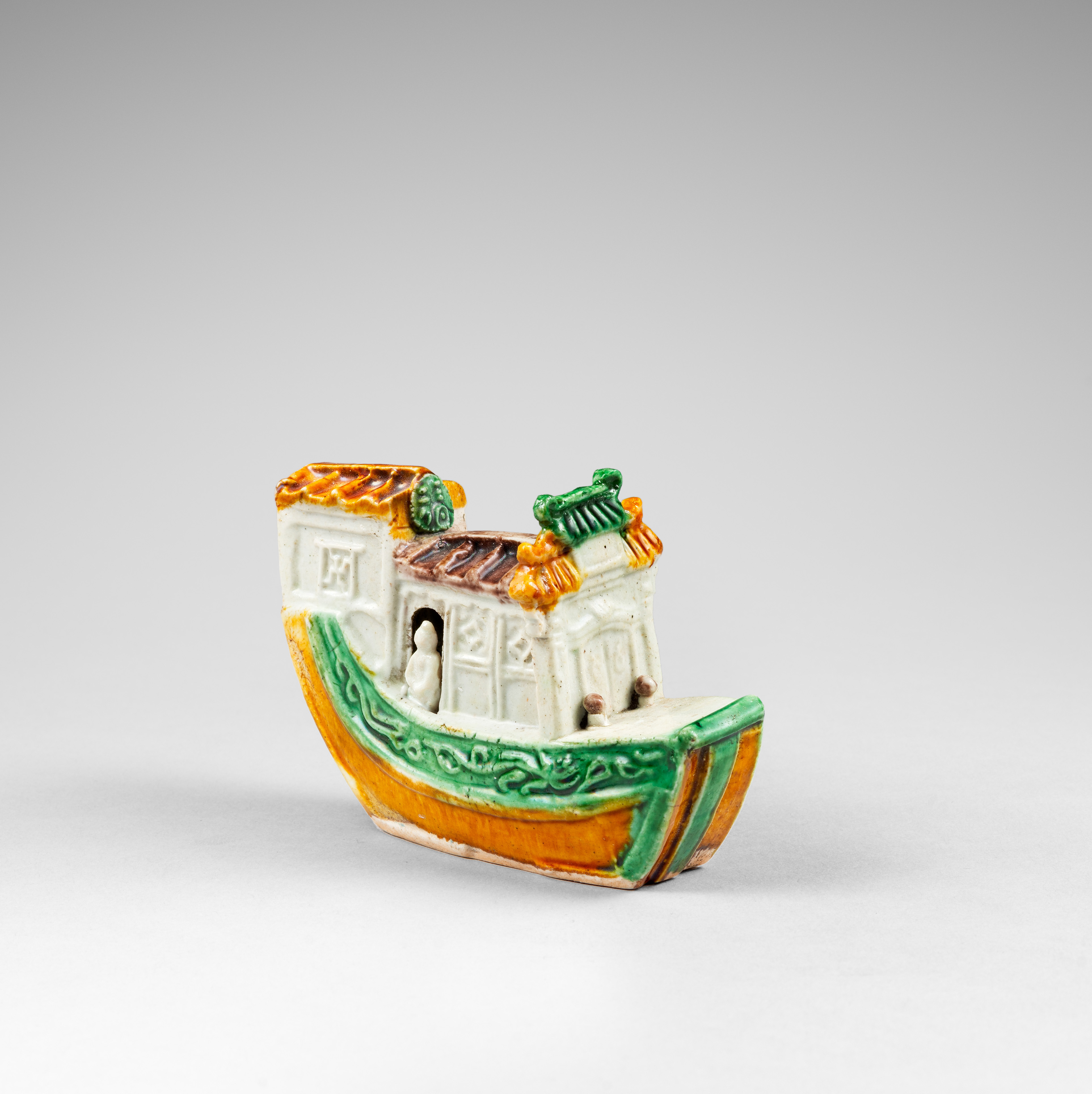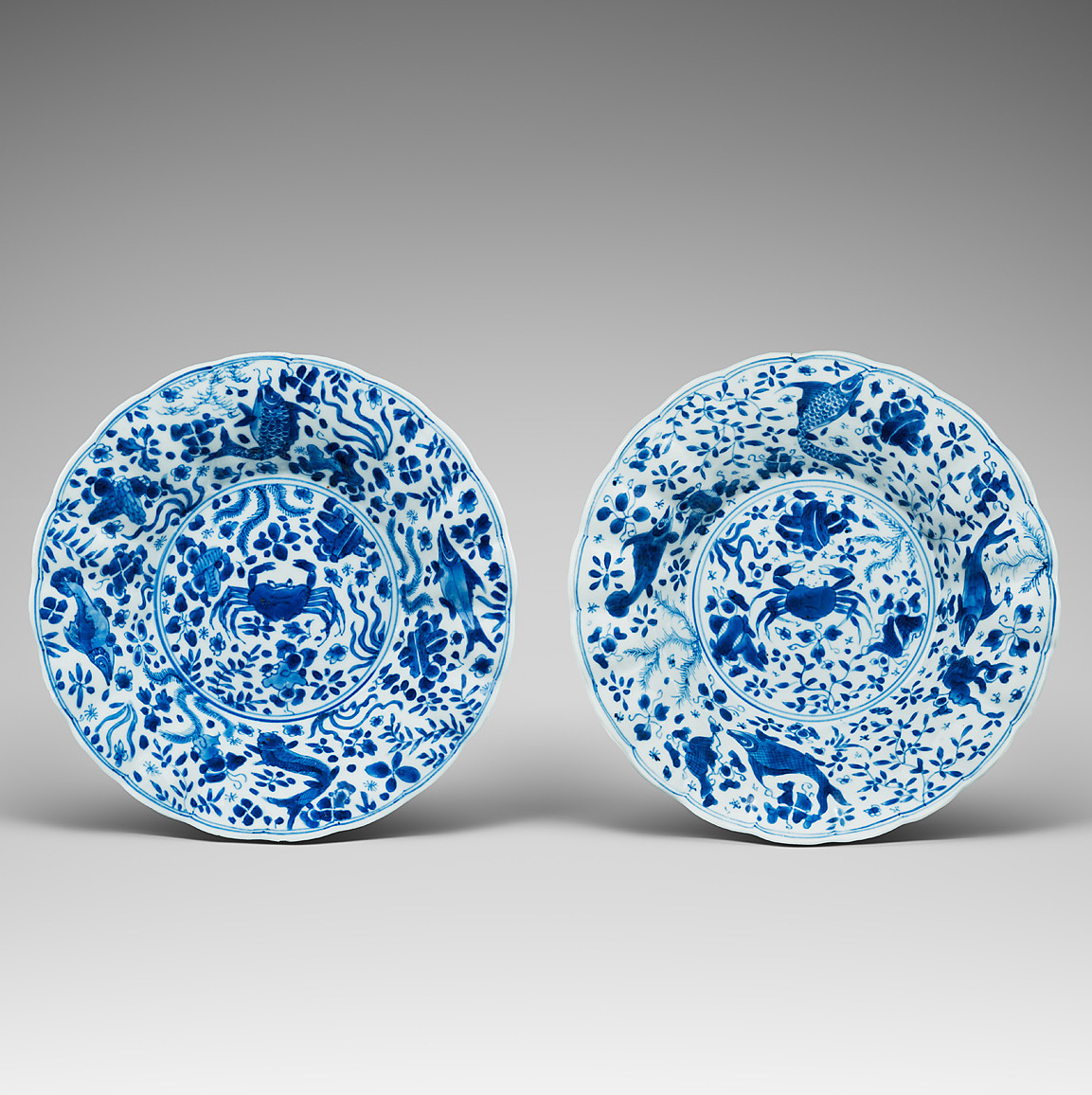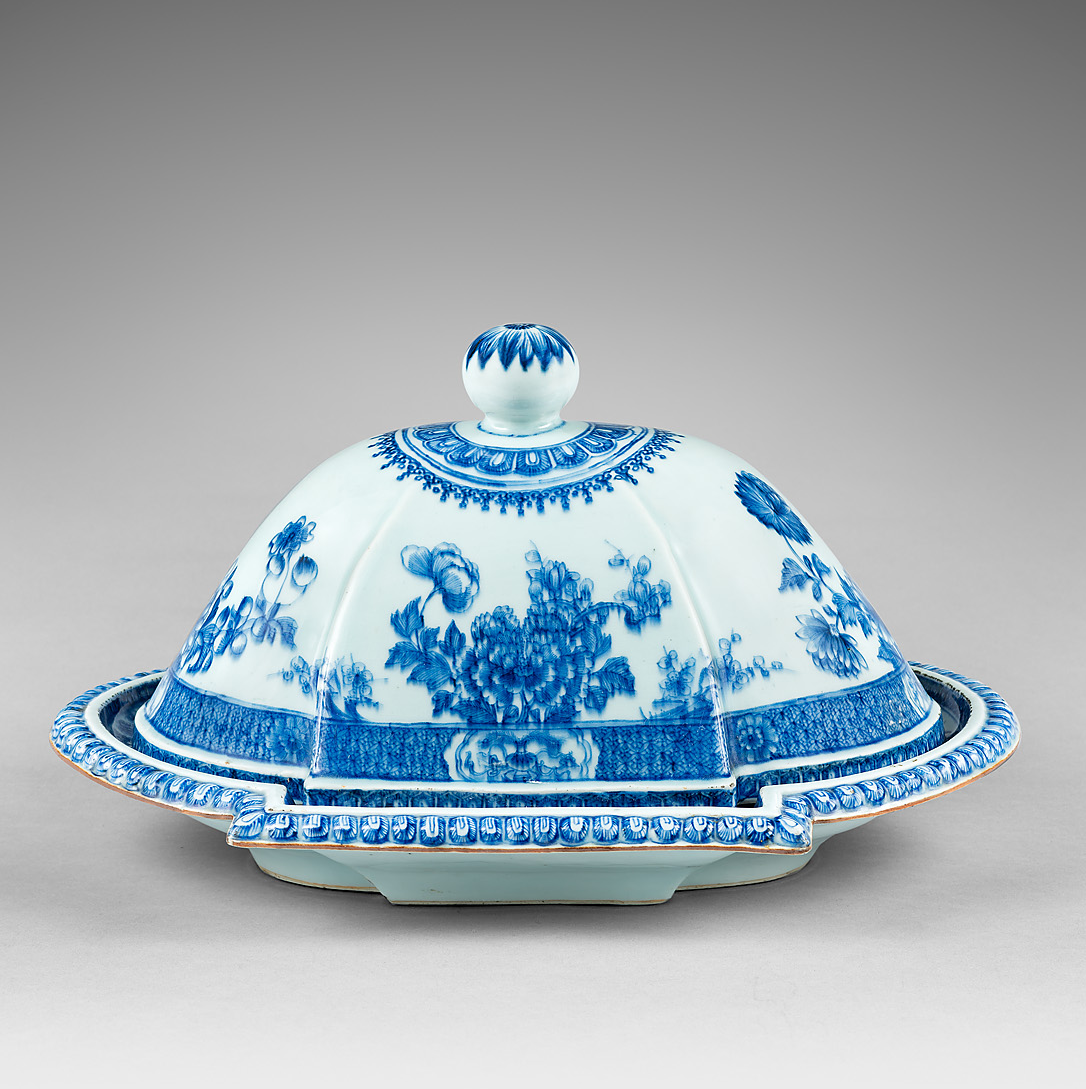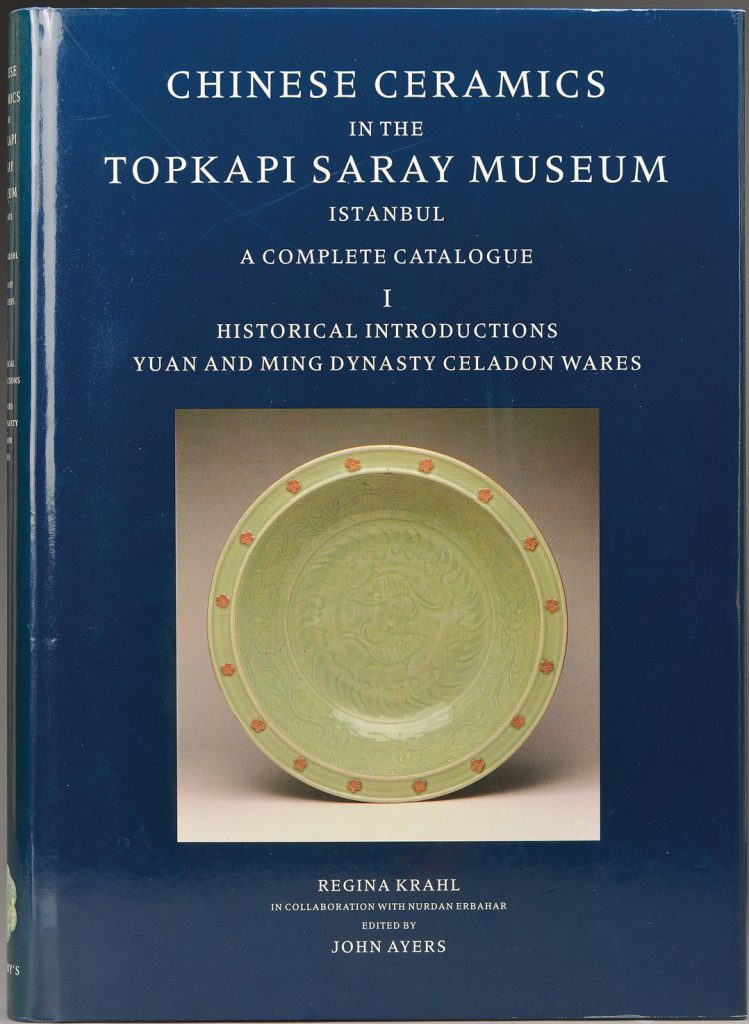
Chinese Ceramics in Topkapi Saray Museum, Istanbul: A Complete Catalogue
The Topkapi Saray Museum collection of Chinese Ceramics is one of the largest and most important in the whole world, yet comparatively little of it has ever been published. The wares assembled here present a continuous review of porcelains made for export from the 13th century to the 19th century which, in its range of styles and designs, is without equal in any other surviving collection. With some 4,500 pieces dating from the Yuan and Ming dynasties, and a further 5,500 from the Qing, the present three-volume work covering the entire collection constitutes the most extensively illustrated book on Chinese ceramics yet published and provides an unrivalled source for dating and the study of design. The main part of the work consists of a complete and definitive catalogue in which every piece is itemised. Each entry is accompanied by one or more monochrome illustrations, scaled in size according to importance, and many are also shown in colour. The work contains 5,000 illustrations in all, of which 200 are large-size colour plates. The volumes divide the catalogue into three major sections, « Celadon Wares », « Yuan and Ming Porcelains » and « Qing Porcelains ». These sections and their sub-divisions are arranged chronologically and are prefaced by extensive introductions by Regina Krahl and John Ayers. Virtually all the celadon wares are products of the famous Longquan kilns and the majority date from the 14th and 15th centuries; numbering in all some 1,350 pieces, they comprise the most extensive body of such material in existence. In blue-and-white and white wares of the 14th and early 15th centuries, too, which are widely regarded as the finest products of the Yuan and early Ming, the group of 125 pieces has no rival in size or quality, while the representation of later Ming export blue-and-white is rich in the extreme; the polychrome and monochrome classes of Ming ware also including some notable rarities.

